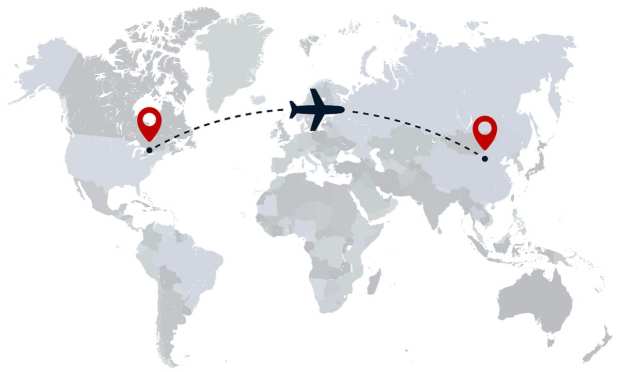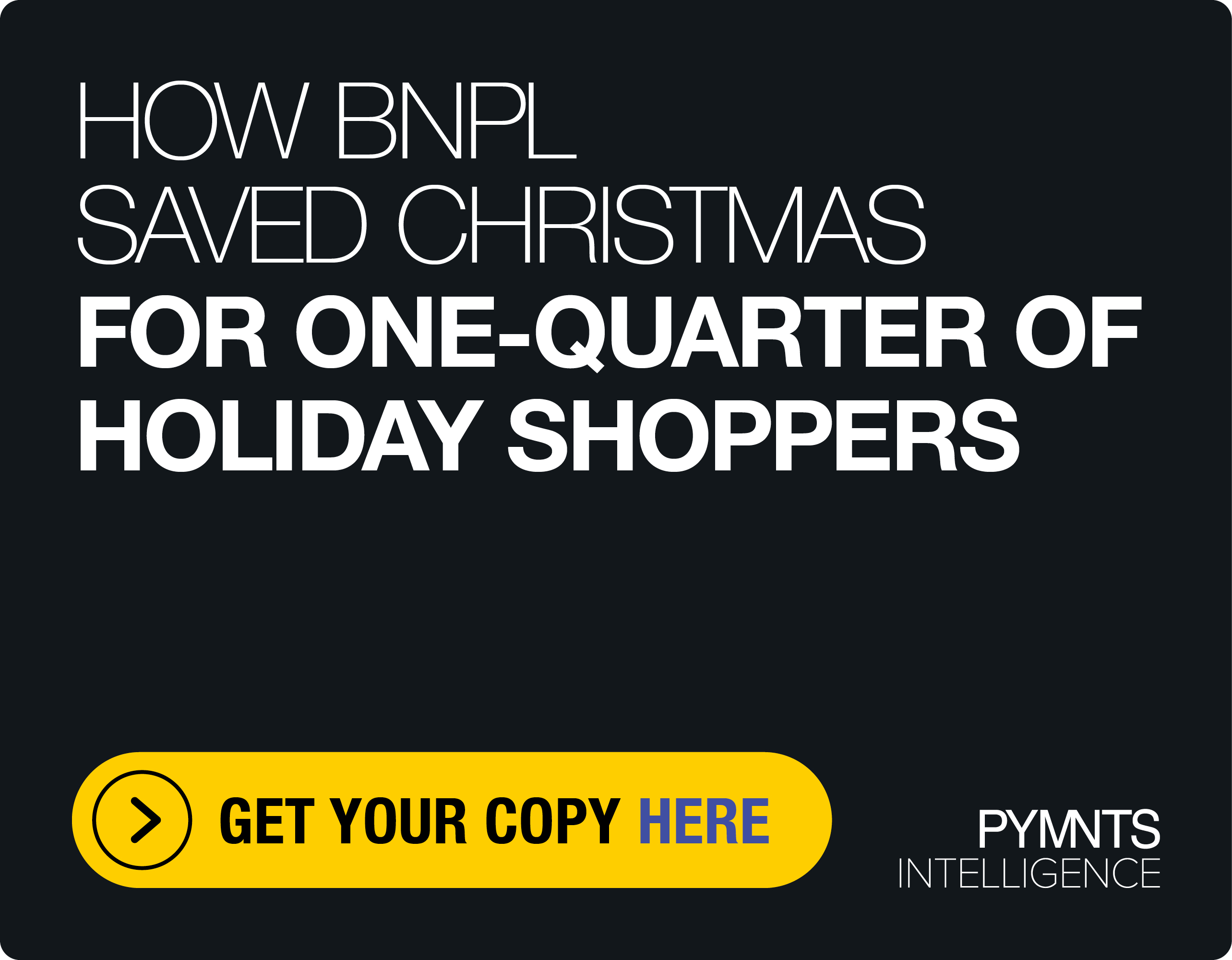No Layovers: Instant Payments Take Direct Path To Primary Account Access

Everyone has dealt with the incentive that failed to feel like a reward. Examples: The prepaid gift card one’s cable provider is desperately trying to get them to take. Or the sign-on bonus offered by a phone provider worth a month of free service loaded onto a gift card. The consumer isn’t opposed to getting free money, Ingo Money CEO Drew Edwards said in a recent conversation with Karen Webster, it’s that the prepaid gift card doesn’t work for them, nor the process to collect it. It’s supposed to be an incentive, he said, but it actually functions as a layer of friction that consumers would just as soon avoid.
A similar problem, he said, happens in instant payments. They are becoming the hot new feature that an increasing hoard of digital challengers are offering up. The problem, Edwards and Webster agreed, is that these players are only offering instant payments as a feature for their own properties. Apple Card rewards pay instantly — to the users Apple Cash card; gig employers pay instantly — to their own prepaid card or digital wallet. The examples go on and on, Edwards said, but what they all have in common is they aren’t really instant payments, no matter how fast the money moves. Because the money isn’t moving to the right place.
“Consumers want their money,” Edwards said. “They want it now. But they also want it where they want it. If you tie that payment back to your account, if you force it so you’ll only put it instantly into some wallet that’s new to them and single purpose, that’s not an instant payment. It’s basically a scheduled layover on your way to the city you want to go to.”
The “city” the customer wants to go to, in this case, is to their primary bank account — the proprietary mobile wallet or account stopover along the way is a piece of friction for the consumer to overcome.
Who Wants Another Account?
Taken at its broadest, the essential problem the customer has is that they simply don’t want to have to interact with another account — and forcing them to do so by holding their ability to collect instantly hostage, doesn’t make the experience sticky for that customer.
The fundamentals of financial services, Edwards said, come into play here. There is nothing less sticky than a prepaid card not connected to direct deposit or digital check cashing, and few things stickier than a bank account attached to a paycheck, a loan and a customer bill-paying relationship. That prepaid card relationship isn’t enhanced by forcing the consumer into it by making it the only place they can grab their money instantly. It simply doesn’t work, Edwards said.
“It’s not what the consumer wants. You’ve got to have a reason for a consumer to come into a spend relationship with you or a customer relationship with you and not force them onto a vehicle. I bet you can’t find a use case where consumers were forced onto a new account and that they went on to regularly use that account long term,” Edwards said.
He used himself as an example, noting that while he’s a major Apple fan and regular user of his Apple credit card, he never uses Apple Cash to spend. He either sends the money to his bank account, or sends it to his college-age child, who sends it back to her own bank account. He suspects a lot of consumers are like him in this regard, and “instant” payment to the wrong place where the customer can’t use it, will be rerouted to the consumers central spending account where they can.
“Because just to have my money yet on another card that I don’t do anything with, I don’t want it there,” Edwards said.
The Reshaping Ecosystem
The trouble, Edwards said, is a lot of players coming into the market as new are hinged on a very old idea that is rapidly going out of date — getting consumers onto their debit/prepaid/gift card and living off the interchange or breakage. A model that in the long term, Edwards said, isn’t going to work out once the friction is removed by true recipient choice. There just isn’t enough there, he said, to entice consumers to make fundamental changes to how they run their financial lives.
There are players in the field that could do so, who’ve built out rich enough total ecosystems like PayPal and Apple, that they could someday give consumers a reason to relocate to them as their primary financial relationship, Edwards said.
And even if they are able to, he said, the thing that remains fundamental is customers have to choose it — it has to actually be what they want instead of what they feel forced to use. Building that offering, he said, is “a mountain to climb,” but up and over that mountain is the only truly competitive path.
“A layover is not a destination,” Edwards said. “Instant payments is about placing money with choice, about putting money where the consumer wants it. All of these vehicles are layovers and nobody wants layovers. It’s why people pay more for direct fights and why data shows people will pay to have instant access to their money.”
